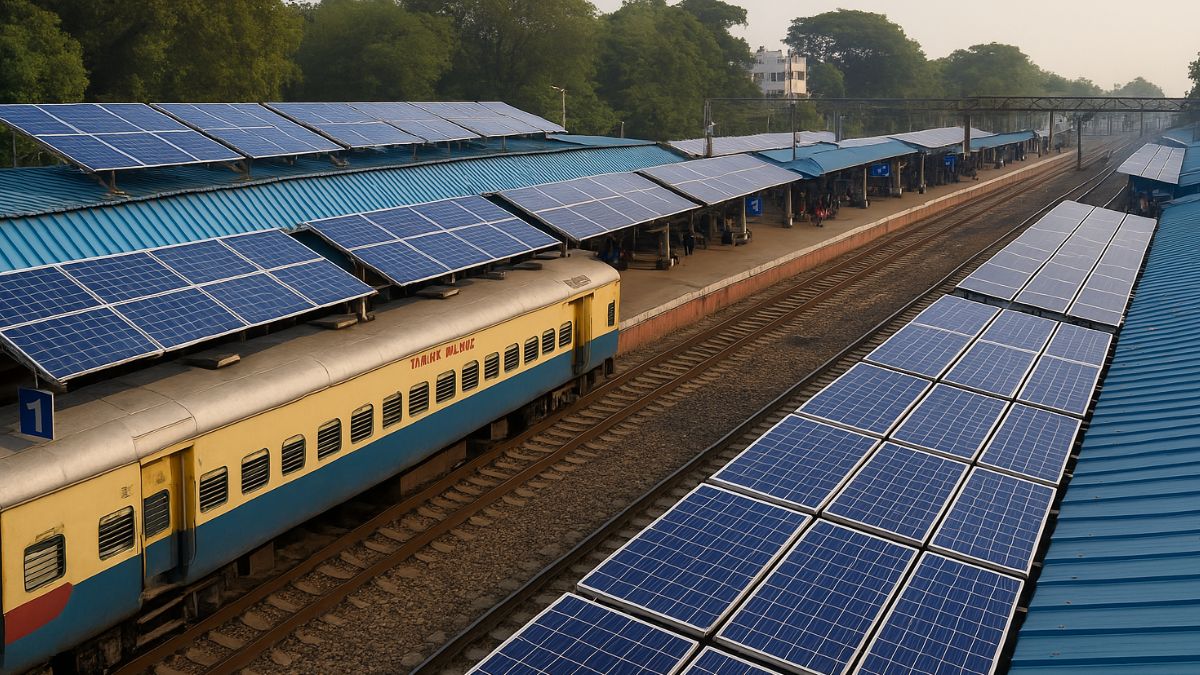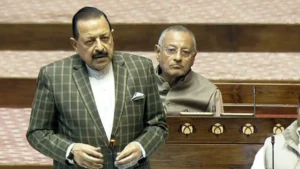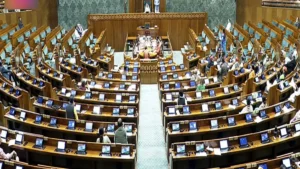Indian Railways has significantly expanded its solar energy infrastructure in alignment with the government’s commitment to renewable energy and sustainability. As of February 2025, the national transporter has installed 209 MW of solar power capacity across 2,249 railway stations and service buildings. This marks a 2.3 times increase in solar plant installations in the last five years (1,489 new units) compared to the previous five years (628 units). Rajasthan leads the solar expansion with 275 installations, followed by Maharashtra (270) and West Bengal (237). The initiative is driven by Power Purchase Agreements (PPAs) and the Round The Clock (RTC) hybrid power model, integrating solar and wind energy.
Key Highlights
Indian Railways’ Solar Expansion
- Total Solar Capacity Installed (as of Feb 2025): 209 MW
- Total Solar Installations: 2,249 railway stations and service buildings
- Growth Rate: 2.3 times increase in installations over the past five years
Power Procurement Mode
- Round The Clock (RTC) power model using a mix of solar and wind energy
- Power Purchase Agreements (PPAs) under the developer mode
Challenges Faced
- Regulatory constraints
- Power evacuation issues
- Connectivity challenges
- Coordination with State Governments and Transmission Utilities
Top Three States with the Most Installations
- Rajasthan – 275 installations
- Maharashtra – 270 installations
- West Bengal – 237 installations
Railway’s Commitment
- Continued expansion of solar energy adoption for environmental sustainability and long-term financial savings
State-Wise Breakdown of Solar Installations (2014-2025)
- Rajasthan: 275 (73 before 2020, 200 after)
- Maharashtra: 270 (43 before 2020, 213 after)
- West Bengal: 237 (12 before 2020, 222 after)
- Uttar Pradesh: 204 (78 before 2020, 93 after)
- Andhra Pradesh: 198 (33 before 2020, 126 after)
- Karnataka: 146 (86 before 2020, 60 after)
- Madhya Pradesh: 134 (49 before 2020, 74 after)
- Odisha: 133 (30 before 2020, 103 after)
- Gujarat: 112 (11 before 2020, 96 after)
- Telangana: 95 (35 before 2020, 60 after)
- Bihar: 81 (25 before 2020, 42 after)
- Assam: 78 (27 before 2020, 48 after)
- Tamil Nadu: 73 (42 before 2020, 31 after)
- Jharkhand: 47 (10 before 2020, 35 after)
- Haryana: 36 (9 before 2020, 23 after)
- Punjab: 30 (19 before 2020, 11 after)
- Uttarakhand: 18 (1 before 2020, 17 after)
- Himachal Pradesh: 17 (1 before 2020, 16 after)
- Tripura: 16 (15 before 2020, 1 after)
- Chhattisgarh: 16 (10 before 2020, 5 after)
- Kerala: 13 (12 before 2020, 1 after)
- Delhi: 8 (4 before 2020, 3 after)
- Jammu & Kashmir: 6 (2 before 2020, 4 after)
- Nagaland: 2 (0 before 2020, 2 after)
- Meghalaya: 1 (0 before 2020, 1 after)
- Manipur: 1 (0 before 2020, 1 after)
- Chandigarh: 1 (0 before 2020, 1 after)
- Puducherry: 1 (1 before 2020, 0 after)
Grand Total
- 628 installations from 2014-15 to 2019-20
- 1,489 installations from 2020-21 to Feb 2025
- Total installations: 2,249
Future Outlook
- Indian Railways will continue expanding solar energy adoption, aiming for a carbon-neutral future.
- More RTC power solutions will be explored to enhance efficiency and reduce dependency on fossil fuels.
- Coordination with state governments and power utilities will remain a key focus to overcome regulatory and technical hurdles.
| Summary/Static | Details |
| Why in the news? | Rajasthan Tops Solar Installations In Indian Railways Stations and Service Buildings |
| Total Solar Capacity Installed | 209 MW (as of Feb 2025) |
| Total Solar Installations | 2,249 railway stations and service buildings |
| Growth Rate | 2.3 times increase in last five years |
| Power Procurement Mode | RTC model (solar + wind), PPAs under developer mode |
| Challenges Faced | Regulatory constraints, power evacuation, connectivity issues, coordination with states |
| Top 3 States by Installations | Rajasthan (275), Maharashtra (270), West Bengal (237) |
| State with Highest Installations | Rajasthan (275) |
| Future Outlook | Expansion of solar energy, RTC power solutions, overcoming regulatory hurdles |



 Prime Minister Releases Commemorative Po...
Prime Minister Releases Commemorative Po...
 Parliament Passes SHANTI Bill, AERB Gets...
Parliament Passes SHANTI Bill, AERB Gets...
 Viksit Bharat G RAM G Bill Passed in Lo...
Viksit Bharat G RAM G Bill Passed in Lo...







